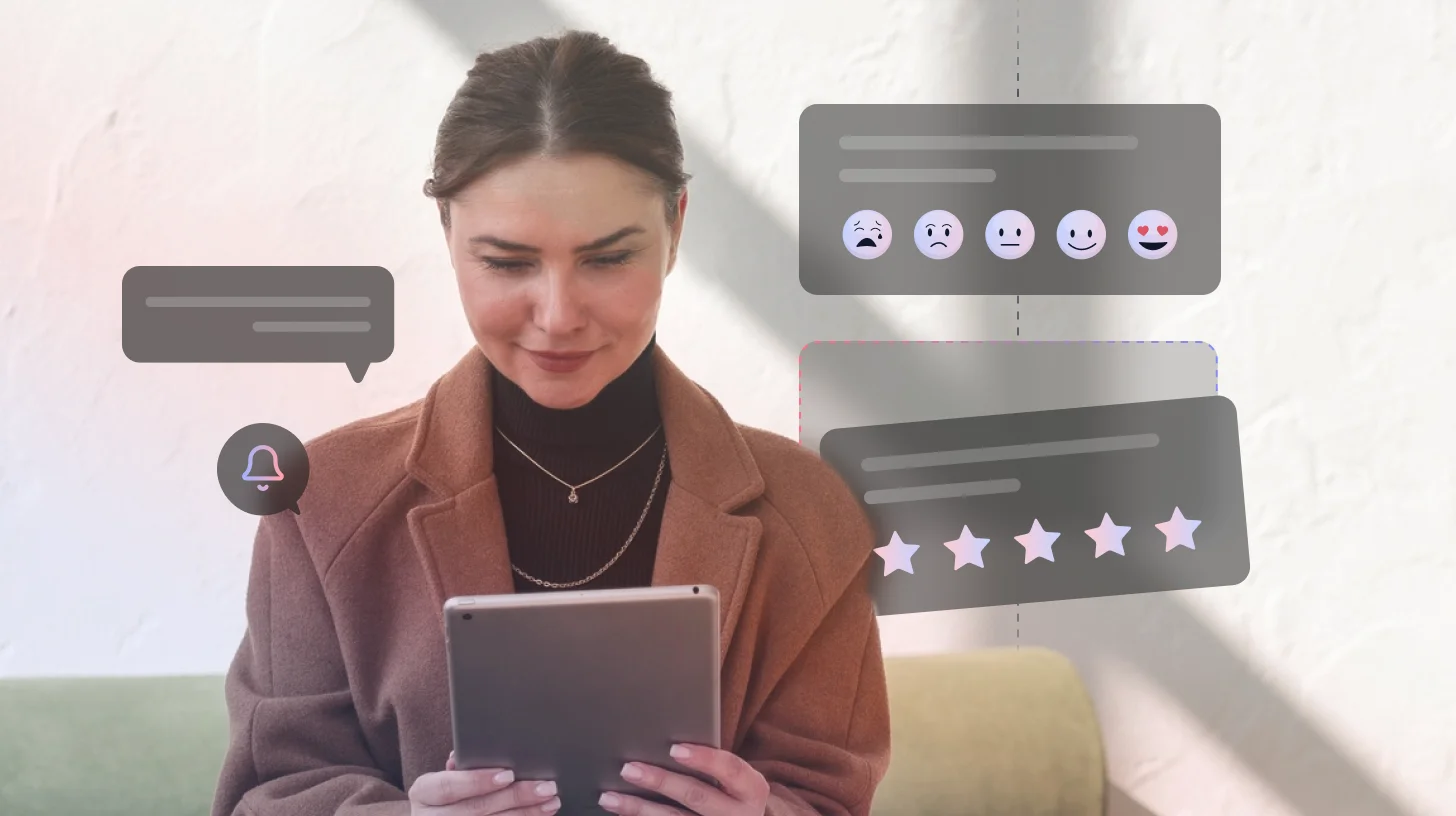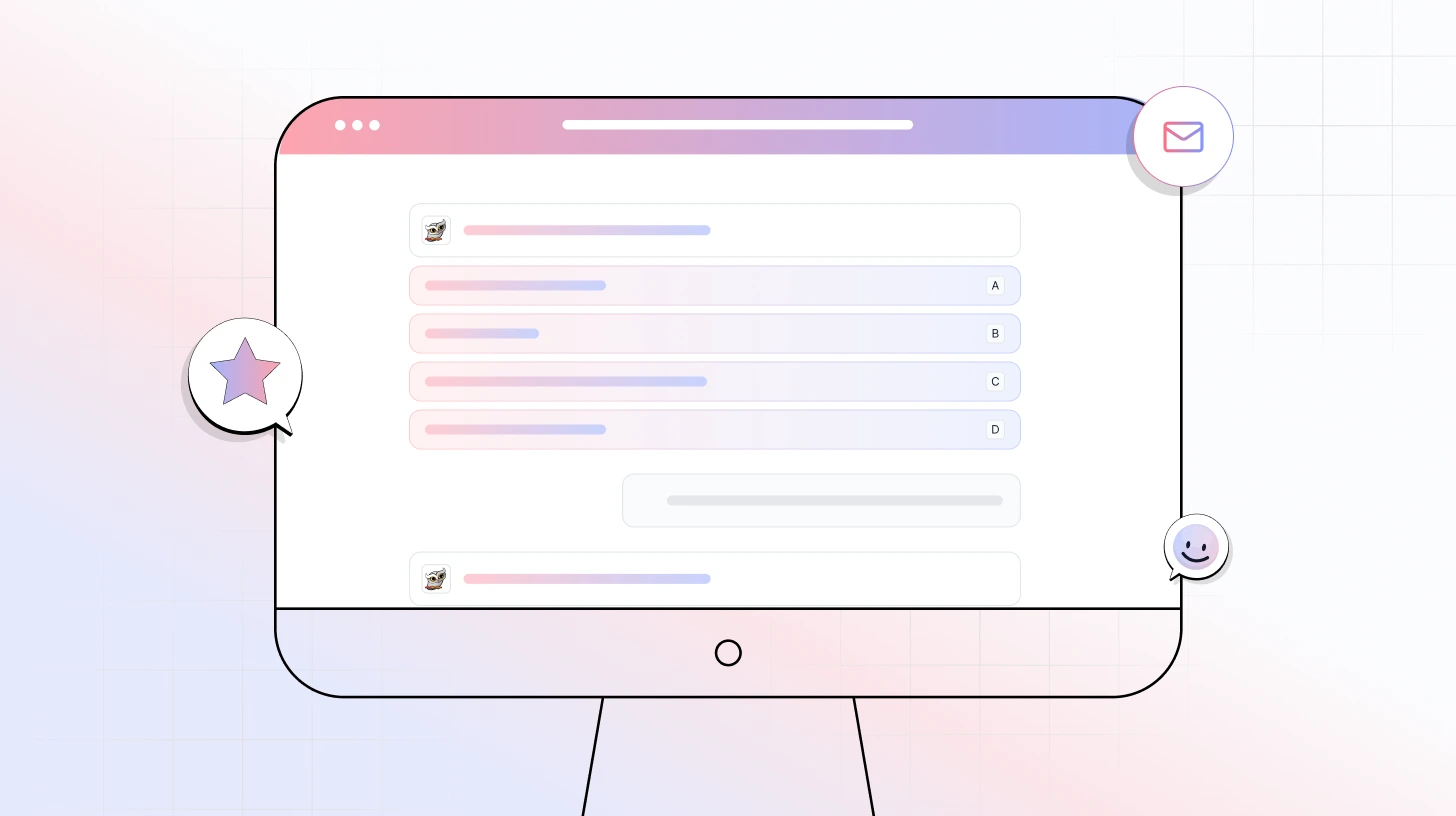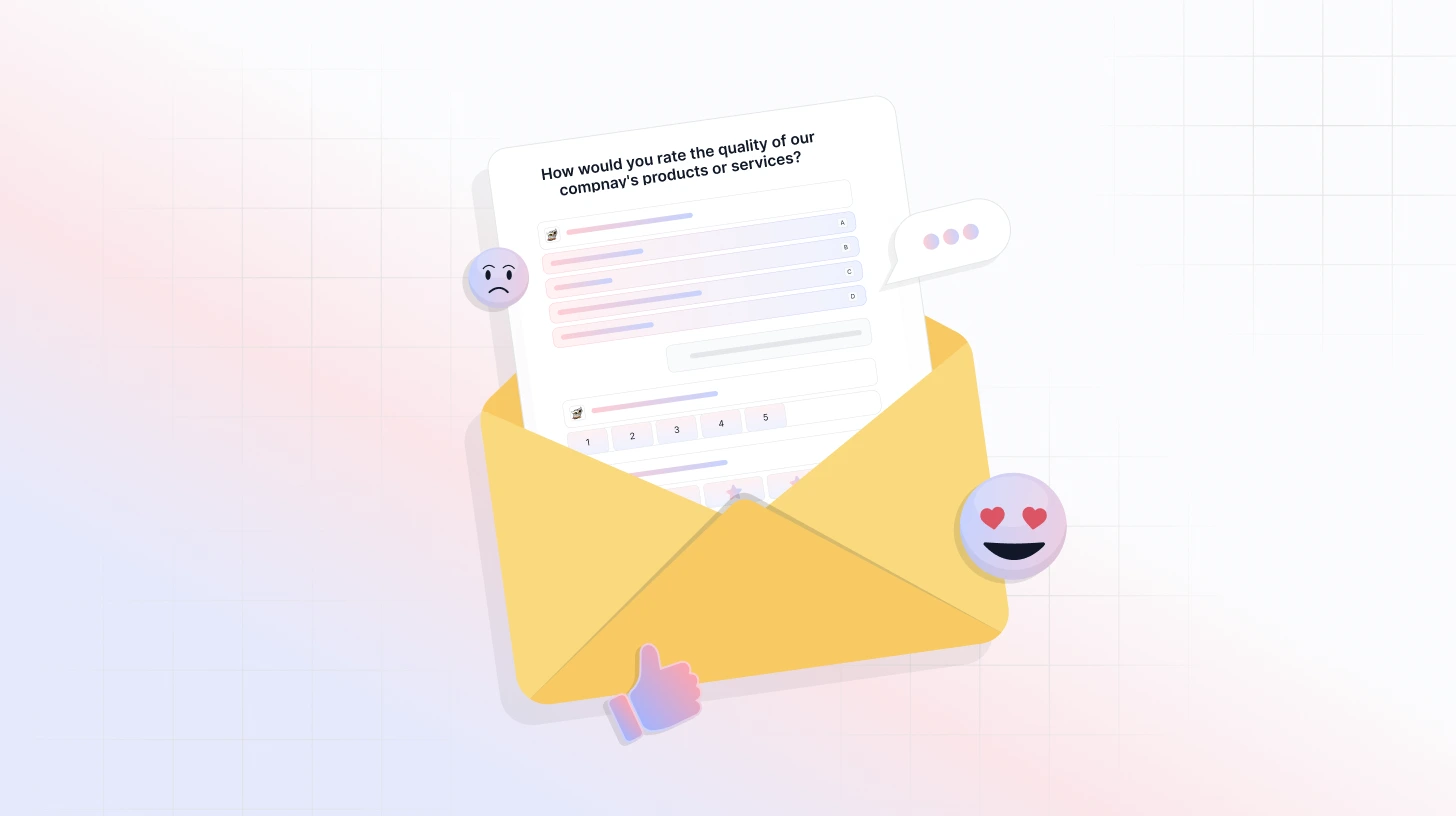The Future of Digital Customer Success? Take a Look at Brian LaFaille's Program


Back in 2019, when Google acquired Looker for the small sum of $2.6B, Brian LaFaille’s team quickly went from selling to 100-200 logos per quarter to 500-600 logos per quarter. “With customer acquisition going through the roof,” he recalled, “we knew we needed to start leaning into what our light-touch engagement motion was going to look like and what our overall Digital Customer Success strategy would be.”
Today Looker has one of the most sophisticated Digitally-Led CS offerings in the SaaS industry. Brian was on the TheySaid podcast to talk through the thinking behind how they’ve built out their digital CS team and program. Note: Brian has since left Google and is taking a "Gap Year" to travel. We will be looking forward to his return in March 2024 to see what he does next.
If you’d prefer to listen instead of read, tune into the full episode. Otherwise, you’ll find a summarized version of Brian’s interview below.
Digital CS Takeaway #1: Team Structure
To support a rapidly growing customer base, Looker designed two new teams:
- a dedicated Programs team for digital channel and programs creation, and
- a proactive, short burst engagement team for the pooled segment of customers.
Brian: We had an interesting challenge as a scaling company. Our customer acquisition was increasing rapidly and the type of company that we brought on board was skewing towards the enterprise. Both of these factors made us think about how we could change our focus as to how we went to market with Customer Success.
That meant both focusing our CSMs on the companies where they could have the most profound impact with those very large strategic accounts, where CSMs could have a very consultative engagement. And then we saw that if we had 40-50 CSMs around the globe covering 3-4 accounts, that would mean only 100-150 customers would have CSMs. We realized that was going to be a detriment to the whole coverage model of our customers. What do we do with everybody else?
So starting back in 2017, we knew we needed to really start leaning into what our light-touch motion was going to look like and what our digital success strategy was going to be.
At Looker today we have the top 3% of our customers working with named CSMs, but everyone else, north of 3,300 customers, are in a pooled model. But as we were planning this out, we needed to consider how were we going to communicate with all of these customers? How are we going to engage proactively? What is the offering that we're going to give to these customers across a multitude of channels.
It was a slow roll at first. We started to move these customers from a CSM’s portfolio over to this pooled model, batch by batch, as they renewed.
The way that we structured the team to support that was by developing:
1) A dedicated Programs team, which is what I lead, to really focus on the digital channel creation and the programs that are going to support all the customers en masse, regardless of segment.
2) We stood up a specialist organization that focuses on the light touch. This org performs proactive, short burst engagements across those 3,300 customers in the pooled model.
Digital CS Takeaway #2: Digital CS works best when most interactions are digital, but humans can jump in for short bursts to fix engagement problems.
Brian: Our short burst engagement team adds that proactive human element that most customers need at some point in their engagement history with Looker. We're able to rotate a customer out of the pool and move them into the light-touch CSMs portfolio for a short period of time, so they get that extra white glove experience for a brief stint.
The customer is ideally driving towards some desired outcome (i.e. to roll out to some new department, a data migration, escalation, etc.) Then they roll off. And we try to be as transparent as possible with our customers about this. In the CSMs opening email they’ll say, ‘Hey, I'm going to be here with you for seven days. I really want to make sure that we're able to accomplish X, Y, and Z. Here are the resources I'm going to use to do so. When can you meet?’ This approach usually lights a fire under the customer to engage with us because they know there's a time limit associated with that engagement.
Digital CS Takeaway #3: Automated touch points should be time-based and behavior-based.
Brian: It’s easy to start to key off of time-based touch points initially. As we matured and began to understand product telemetry, we were able to engage with our customers based on behavior. We use both campaigns because they play off of one another. There are going to be certain things that happen during onboarding that will remain consistent—all customers need to know about it. But then other things are going to be more custom to the customer.
Some experiences, like onboarding, are universal. But others must be customized based on user behavior, feature adoption, or usage gaps. Our Customer Success programs now include both approaches.
Digital CS Takeaway #4: Guided in-app experiences can substantially improve retention rates.
Brian: CEOs, business users, and admins all care about different aspects of Looker. That’s why we’ve built sets of guides that take customers and users through the product based on their persona. It's been one of the most impactful digital channels that we've had to date. We've expanded our reach and increased both our completion and retention rates. In looking at the cohort of users that have gone through our guided, in-app experiences, we're seeing a 12% uptick in user retention.
Digital CS Takeaway #5: Digital CS can be an excellent way to detect growth opportunities.
Brian: I can't stress the importance of data behind the scenes enough. Product telemetry drives many of our campaigns. When we think about expansion opportunities, it's no different:
- We have all of the data about our customers that are at or nearing their license utilization limit.
- We have customers that mentioned our “Powered By Looker” program during Support conversations.
- We have data on digital campaign outreach via email or webinars where a customer has shown interest.
All of these are signs of expansion opportunities. In Digital CS, we usually treat ourselves as the growth engine of funneling opportunities to the Sales team.
👉 Check out TheySaid's CEO, Lihong Hicken walk through the 5 Stages of Upsell and Cross-sells.
The best resources for Digital CS teams
Optimizing Your Workspace for Productivity, Focus, & Creativity
This piece proves that our physical workspace affects us more than we might think. Read through the list of science-backed tips to improve your experience in the arenas of both work and life.
CCO Maturity Model
Here's Rod Cherkas, Founder and CEO at HelloCCO, with a 1-pager that breaks down the skills needed to grow from Director to VP, to Sr VP, to CCO.
When to Delegate & When to Say No
Lara Hogan offers a prioritization framework for anyone who is overwhelmed with work. “[I]t’s our job as leaders to figure out which fires to let burn. Sometimes we just need to walk away and return another time, even if those fires will keep growing. This will help us invest our energy, attention, and skills in the fires that we are best-positioned to address today.”
Final words
Nailing Digital Customer Success with the right mix of strategy and light-touch engagement is what drives growth and keeps customers coming back. It’s the future and Looker’s leading the way.











.svg)






.svg)